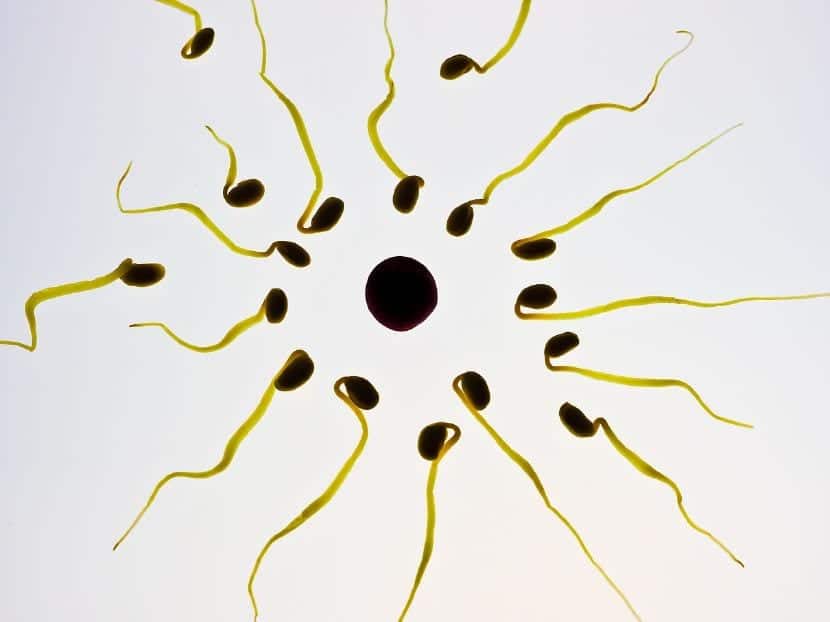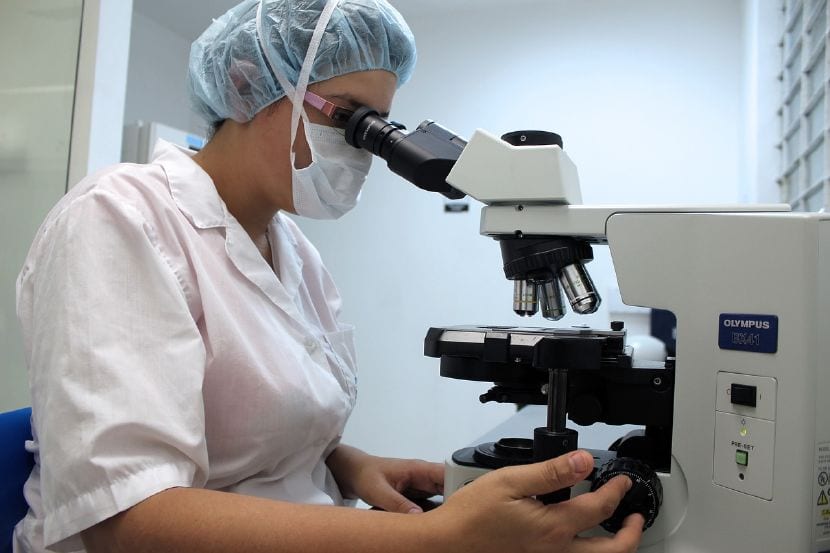
Intrauterine insemination is the simplest reproductive technique available, which is used to increase the chances of getting pregnant when the fertility problem is mild. It is a simple and inexpensive procedure. When they have to submit us to a fertility technique we feel lost since ignorance creates a certain lack of control and discomfort. Here we tell you what is this technique so that you have all the necessary information.
What is intrauterine insemination?
Intrauterine insemination consists of introduce the semen through a cannula of the couple or a donor, directly inside the uterus of the woman while ovulating. This is how it is achieved have more opportunities since the sperm are at the right time in the right place, facilitating their work.
During intercourse there are few sperm that reach their destination. They encounter various obstacles, the first of which is cervical mucus which causes many of them to die. With this technique it is possible to overcome these barriers to facilitate the work of the sperm. Has a 12-20% chance of success in each cycle, and can be repeated up to a maximum of 4 times. If pregnancy is not possible with this technique, another more complex technique can be tried.
What is the procedure for intrauterine insemination?
Intrauterine insemination consists of 3 phases. The first would be the ovarian stimulation phase. This phase consists of artificially inducing ovulation through hormone medication. In this way, it is possible to help the eggs to mature and be able to be fertilized. This phase will last between 9-14 days, with one prick each day that you will administer yourself. You will have to follow up to see how the stimulation develops and avoid the risk of hyperstimulation. When one or two at most reach 16 mm, ovulation is induced with an injection of hCG. Ovulation will occur exactly 36 hours later.
This phase is not always present, it will depend on each case since several factors will depend such as the woman's age, cycle number, test results, where the fertility problem resides ...
Once the correct maturation of the ovum or ovules has been achieved, the next phase would be the collection and washing of the semen, by your partner. To improve its quality, the semen is passed through a washing process to concentrate the healthy sperm and eliminate everything that would negatively affect fertilization. It has to be between 3 and 5 days in abstinence before delivery of the semen. If you are going to use donor semen, it would be ready to use.

Then we would enter the next phase, which would already be the insemination itself. The doctor will be the one who determines the appropriate day and time. When the time comes, a cannula (a thin, flexible tube) is inserted through the cervix into the uterus. With a syringe, the sperm is introduced through the cannula to reach its destination. This phase does not last more than 5-10 minutes, and you do not need anesthesia. You can go home after a few minutes of rest.
the wait
After going through these phases, the hardest stage arrives, which is that of waiting. All hopes and dreams are on that final stretch that seems not to come. I recommend that you plan this wait in advance. That is, make plans for these 14 days. Instead of staying home waiting, crossing the days off your calendar make fun plans. Meet friends, go shopping, do things that amuse you ... you are not sick, you can lead your normal life. So your wait will be much sweeter and your mind will be entertained and not focused on the final result.
After those 14 days, a pregnancy test (or arrival before the period) will tell us the result of the insemination.
Because remember ... obsessing is not good either, it's time to let go and enjoy the process as best we can.